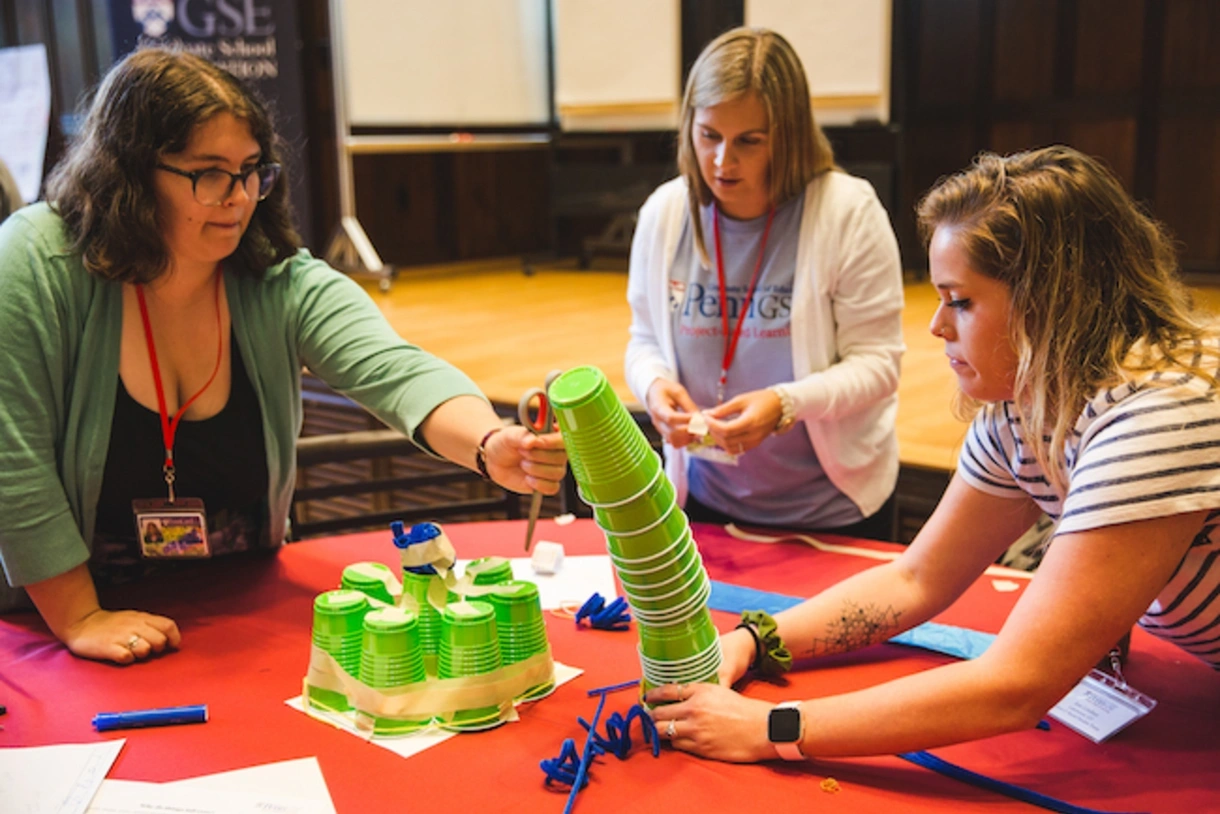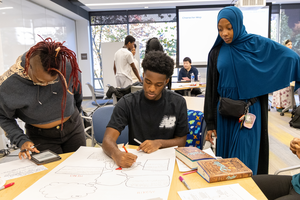Faculty Expert
-
Zachary Herrmann
Senior Director of Strategic Initiatives
Learning, Teaching, and Literacies Division
As children head back into schools this fall, experts are pointing to project-based learning (PBL) as one way for teachers to engage them in active, student-centered learning. However, utilizing PBL requires more than just learning a new methodology, Penn GSE’s Sarah Schneider Kavanagh, an assistant professor at Penn GSE, and Zachary Herrmann, the Executive Director of the Center for Professional Learning, share in District Administration.
“While strong professional development for teachers is critical to make PBL work, educators say they simply can’t move from more traditional instruction to teaching through projects unless leaders shift how they lead,” they write.

Kavanagh and Herrmann suggest four steps for leaders to better support PBL:
Establishing an ambitious yet specific vision
You can’t just “know it when you see it”; the vision for project-based learning should define what “it” is. Think about PBL as an overarching vision, rather than a specific lesson or tool.
Redefining what classrooms should look like
Implementing project-based learning may mean classrooms look different than the “norm.” Leaders need to be open to seeing different practices and flexible with the process.
Meaningful professional development
“One day workshops are not going to help teachers implement PBL effectively,” they write, advocating for sustained support and opportunities to see PBL in action in different classrooms, particularly as many teachers have not personally experienced high-quality PBL.
Setting priorities and re-evaluating policies
In particular, Kavanagh and Herrmann point to time as critical to successful PBL. Do bell schedules allow enough time for teachers to really dive into project-based learning?
For more details on each of these tips, visit District Administration.
Media Inquiries
Penn GSE Communications is here to help reporters connect with the education experts they need.










